Wall thickness is a critical parameter in product design that determines a component or structure’s strength, load-bearing capacity, manufacturability, and cost optimization. In this article, we will learn its definition and how to achieve the perfect wall thickness.
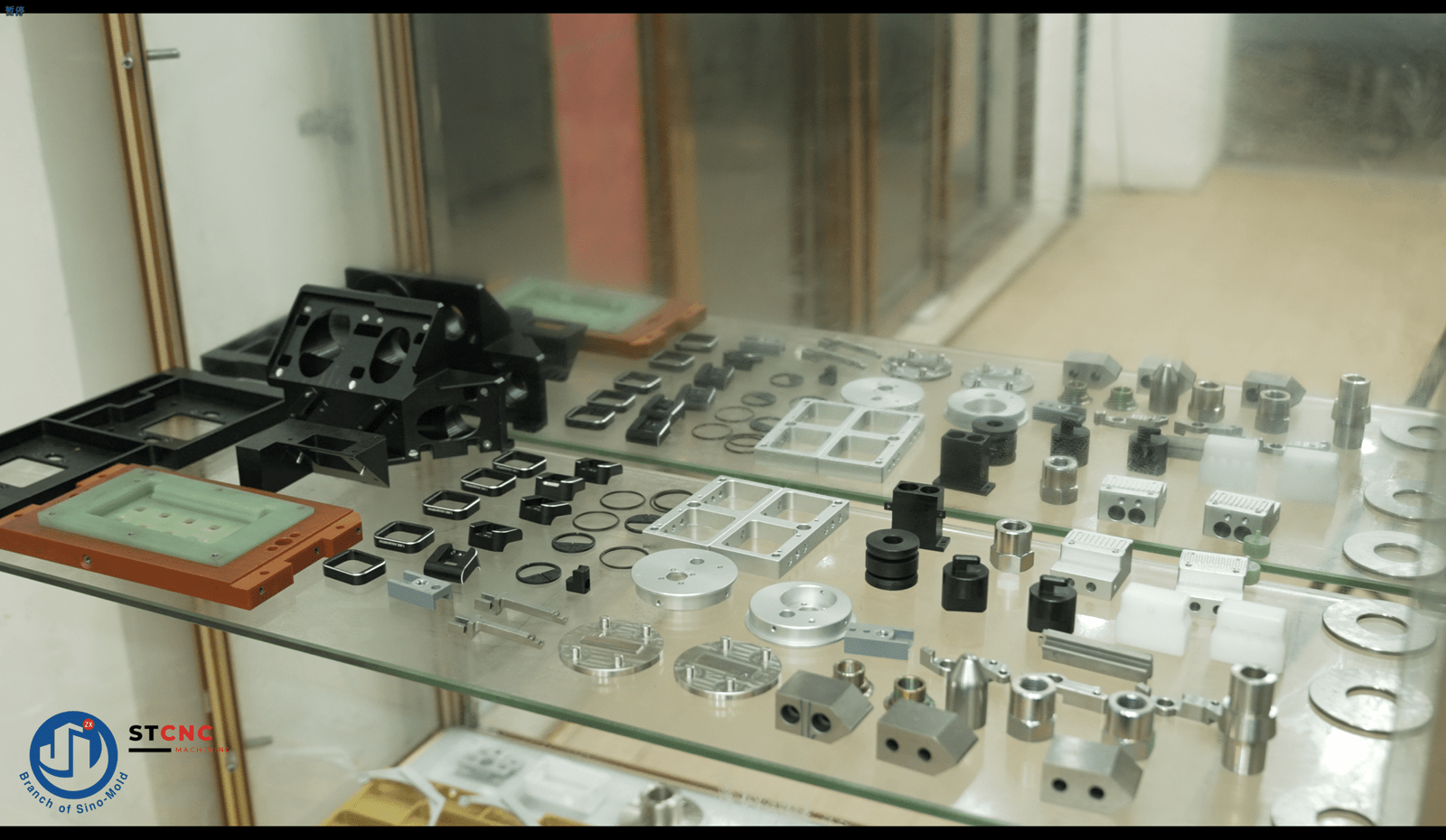
I.What is Wall Thickness?
Wall thickness refers to the distance between the inner and outer surfaces of a hollow object or structure, measuring the thickness of the material comprising the walls.
II.What is the Importance of Wall Thickness?
In CNC machining, wall thickness is important for several reasons:
1. Structural Integrity
Adequate wall thickness ensures the structural integrity and strength of the machined part, preventing deformation or failure under load. It provides the necessary rigidity and stability for the component’s intended function.
2. Dimensional Accuracy
Right wall thickness helps maintain the dimensional accuracy of the machined part. It ensures that the part’s final dimensions match the intended overall design specifications, minimizing the risk of dimensional deviations or inconsistencies.
3. Machinability
The wall thickness directly affects the machinability of the part. Sufficient wall thickness allows for stable and efficient machining operations, reducing the risk of chatter, vibration, or tool breakage risk. It provides the necessary specific material support for the cutting tools and helps achieve desired surface finishes.

Please note that these values are general guidelines and may vary depending on the specific material grade, part design, machining setup, and other factors. It’s always recommended to consult material-specific machining guidelines and work closely with CNC machining experts to determine the optimal wall thickness for a given material and application.
4. Avoiding Warping or Distortion
Insufficient wall thickness can lead to warping or distortion during CNC machining processes, especially with heat-sensitive materials. Thicker walls provide better stability and resistance to thermal stresses, helping to maintain the shape and dimensional accuracy of the part.
5. Material Selection
Wall thickness considerations influence the choice of materials. Different materials have recommended minimum wall thicknesses to ensure machinability, dimensional stability, and structural integrity. Selecting materials that meet the desired wall thickness requirements for the specific application is important.
6. Cost Optimization
Optimal wall thickness can help minimize material waste, reducing the overall cost of manufacturing. Using excessive material thickness unnecessarily increases material costs, while insufficient thickness may result in weakened parts or require additional post-machining operations.
Considering the importance of the designers and engineers can ensure the production of high-quality components that meet structural requirements, dimensional accuracy, and manufacturing feasibility while optimizing costs.
III.The Types of Wall Thicknesses
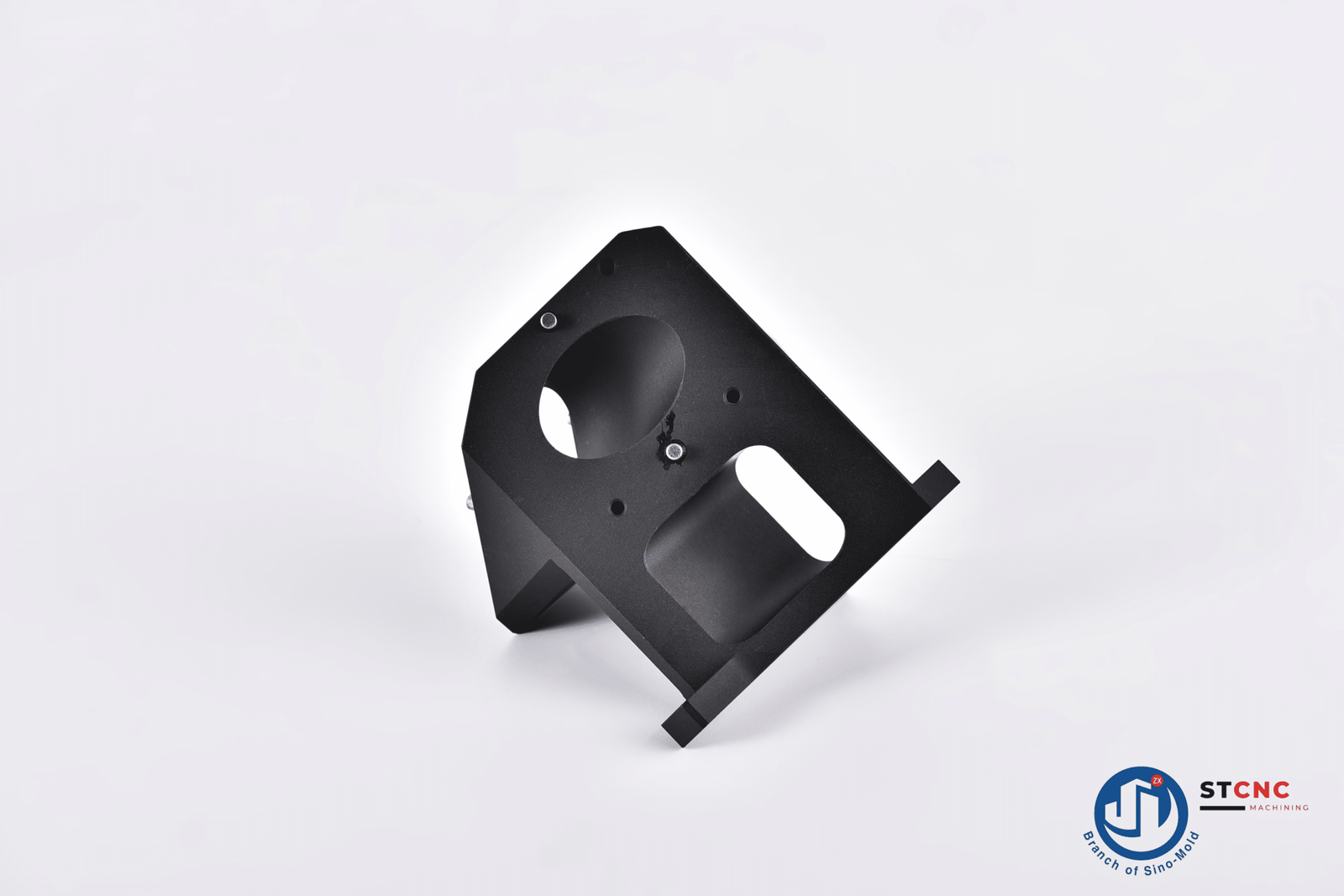
1. Global Wall Thickness
Global wall thickness is the average material thickness throughout an entire object or structure. It represents the distance from the outer surface to the inner surface or the overall thickness of the material. It is important in determining the structure’s strength, stability, and durability.
2. Local Wall Thickness
Local wall thickness refers to the thickness of a specific area or part of an object or structure. Depending on design and functional requirements, local wall thickness can vary in different areas. For example, the local wall thickness in automotive manufacturing may differ for other body parts to meet crash protection and structural strength requirements.
3. Variable Wall Thickness
Variable Wall Thickness is when the wall thickness of an object or structure changes. This means the wall thickness is not kept constant throughout the object but is adjusted in different parts or areas as the design requires. Changing wall thickness can be used to optimize the structure, reduce the weight or enhance the function.
4. Tapered Wall Thickness
Tapered wall thickness means that the wall thickness becomes thinner or thicker gradually in one direction or another. Such designs can be used to change the shape of an object, optimize the flow of a fluid or gas, or achieve specific mechanical properties. Common applications include conical structures, conical pipes, etc.
5. Thick Walls and Thin Walls
Depending on the relative thickness, wall thickness can be divided into thick and thin walls. A thick wall usually refers to a relatively thick wall thickness and is used for structures that require high strength or withstand greater pressure. A thin wall is a relatively thin thickness used in lightweight, flexible, or thermal applications.
IV. How do We Determine the Maximum and Minimum Wall Thickness?
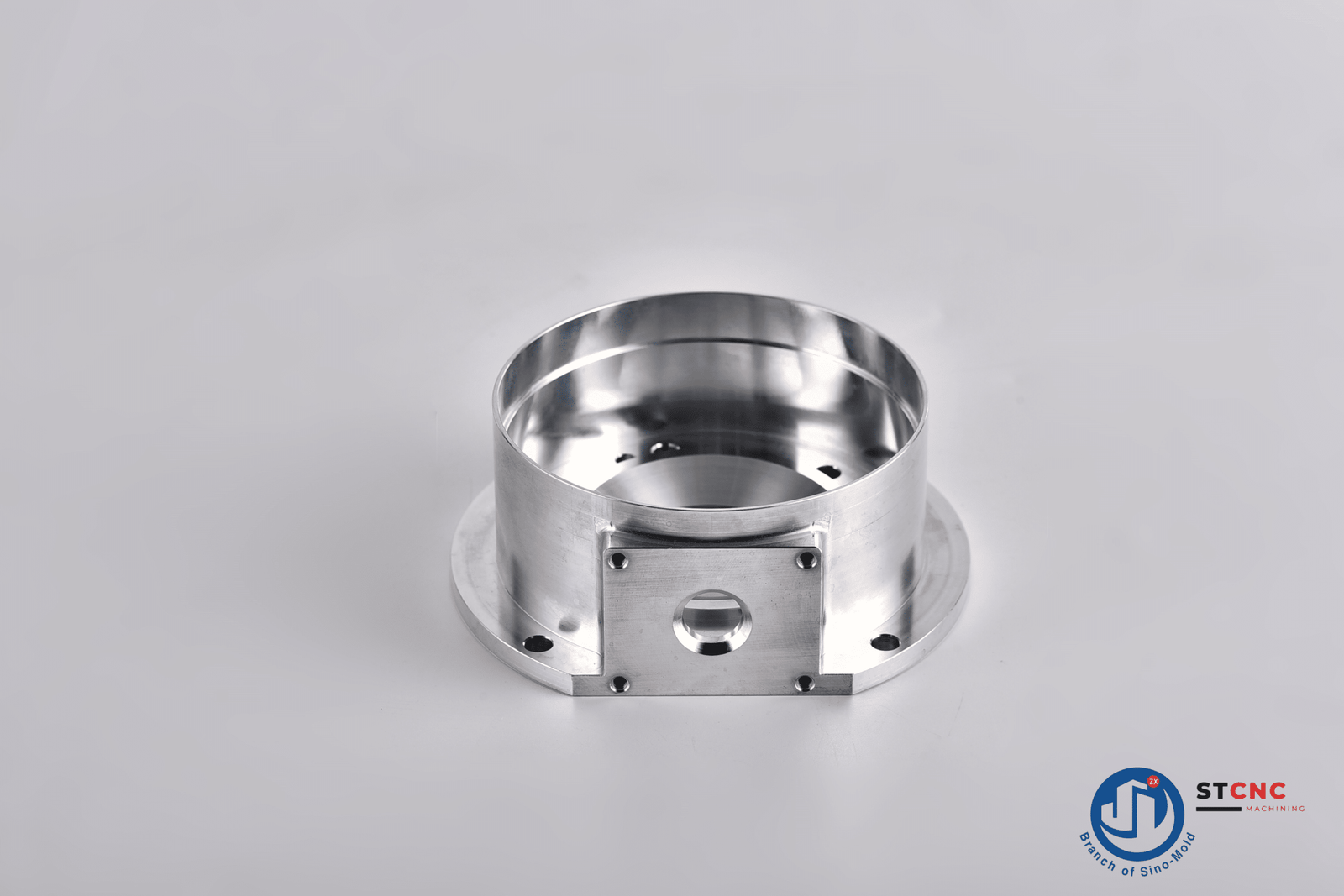
To determine the maximum and minimum wall thickness for an object or structure, follow these simplified steps:
Step 1. Understand Design Requirements
Consider the object’s intended function and structural requirements, focusing on critical factors such as load-bearing capacity, stress distribution, and thermal expansion. Pay attention to the potential issue of too much internal stress from inappropriate wall thickness. But the support structures should have sufficient wall thicknesses to withstand the anticipated loads and forces they will encounter.
Step 2. Evaluate Material Properties
Assess the properties of the chosen material, such as strength, stiffness, and manufacturability. Check material data sheets or consult experts to find recommended wall thickness ranges.
Step 3. Consider Manufacturing Capabilities
Understand the limitations of the chosen manufacturing process. Account for tooling constraints, process variations, and the ability to achieve consistent wall thicknesses.
Step 4. Perform Structural Analysis
Use techniques like finite element analysis (FEA) to analyze stress distribution and identify areas of concern. Adjust the wall thickness based on the analysis results.
Step 5. Prototype and Test
Create prototypes or conduct physical tests on sample parts to evaluate their performance. Assess dimensional accuracy, structural integrity, and specific functional requirements.
Step 6. Iterate the Design Process
Refine the wall thickness through an iterative design process. Start with conservative estimates and gradually adjust based on testing, analysis, and design iterations.
Remember to consult with experienced engineers and experts throughout the process. By considering design requirements, material properties, manufacturing capabilities, structural analysis, and testing, you can determine the maximum and minimum wall thicknesses that meet your needs.
V. What are the Considerations of Wall Thickness in 3D Printing, Injection Molding, and CNC Machining?
1. 3D Printing:
Layer Height: The thickness of each layer printed affects the minimum achievable wall thickness. Finer layers allow for thinner walls.
Nozzle Size: Smaller nozzle sizes create finer details and thinner walls, while larger nozzles result in thicker walls.
Material Guidelines: Different printing materials have their recommended wall thickness range for successful printing.
2. Injection Molding:
Mold Design: The mold used in injection molding should be designed to accommodate the perfect wall thickness, considering material flow and cooling requirements.
Material Flow: The viscosity and flow properties of the chosen material influence the achievable wall thickness. More viscous materials may require thicker walls.
Manufacturer Guidelines: Material suppliers specify the maximum and minimum wall thickness for successful molding.
3. CNC Machining:
Tool Access and Rigidity: The size and length of the cutting tool used in CNC machining determine the minimum wall thickness that can be achieved. Tool access and rigidity limitations should be considered.
Material Selection: Different materials have varying machinability, affecting the recommended minimum and maximum wall thickness for efficient machining.
Structural Requirements: The strength and stability needed for the part influence the ideal wall thickness.
Always refer to material guidelines and machine specifications, or consult experts in each process to ensure the wall thickness meets the specific requirements for 3D printing, injection molding, or CNC machining.
VI. The Connection between the Outer Wall and the Inner Wall
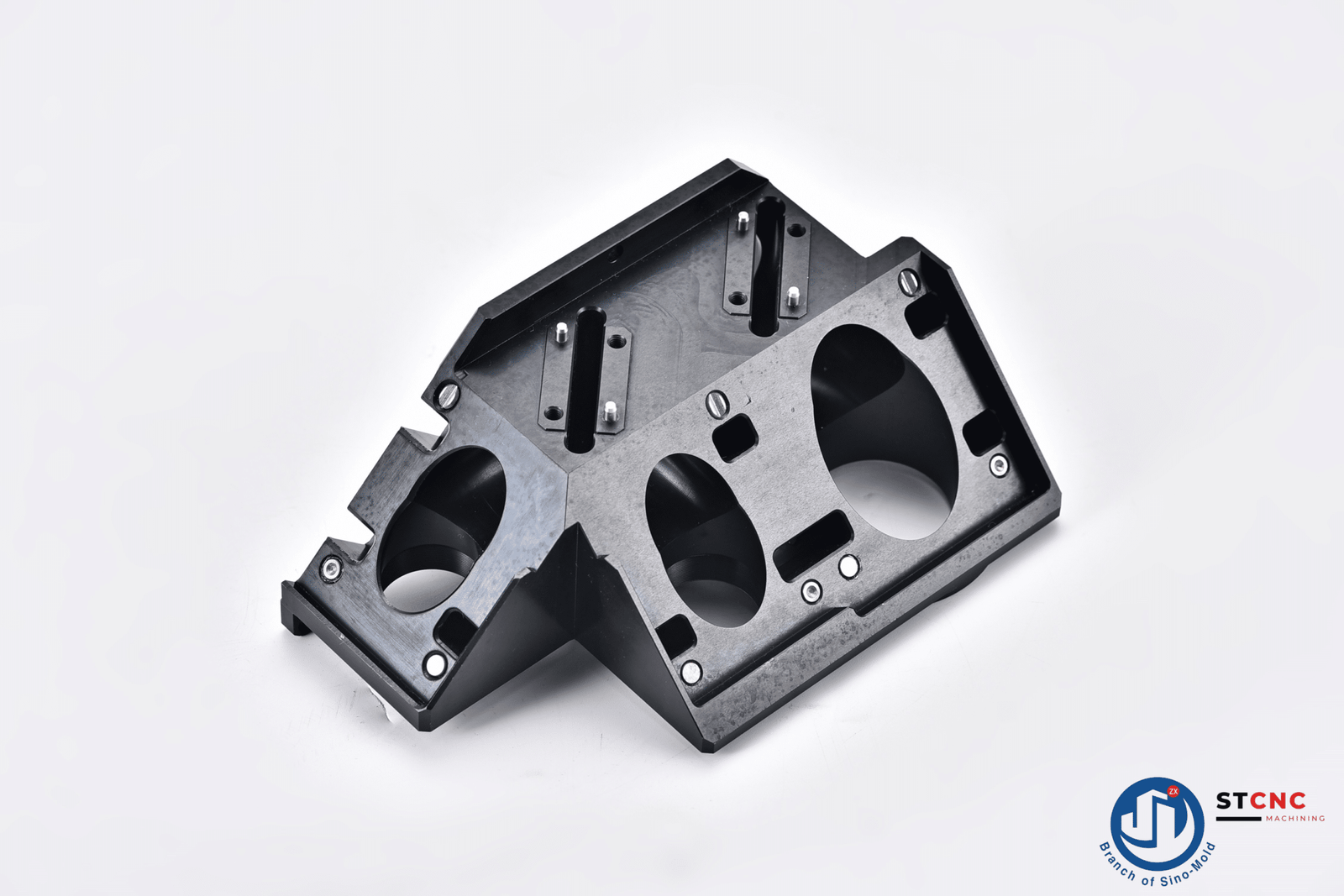
The connection between the outer wall and the inner wall is crucial for maintaining the strength and stability of an object or structure. Here are some simple ways to establish a strong connection:
1. Smooth Transitions
Use rounded edges or curves at the junction to distribute stress and avoid sharp corners that can cause weakness.
2. Gradual Thickness Changes
Gradually taper the thickness from the outer wall to the inner wall to create a smooth and strong connection without stress concentration.
3. Interlocking Features
Incorporate tabs, slots, or dovetails to create mechanical interlocking between the walls, improving their connection and preventing separation.
4. Adhesive Bonding
In certain cases, use adhesive bonding to join the outer and inner walls securely. Proper surface preparation and the right adhesive choice are essential for a durable bond.
5. Welding or Fusion
Welding or fusion techniques can directly join the outer and inner walls if suitable for the materials and manufacturing process, ensuring a seamless and robust connection.
Consider the specific requirements of your project and the materials involved, and seek expert advice to determine the best solution for establishing a strong connection between the outer and inner walls.
VII.Effect of Nozzle Diameter on Wall Thickness
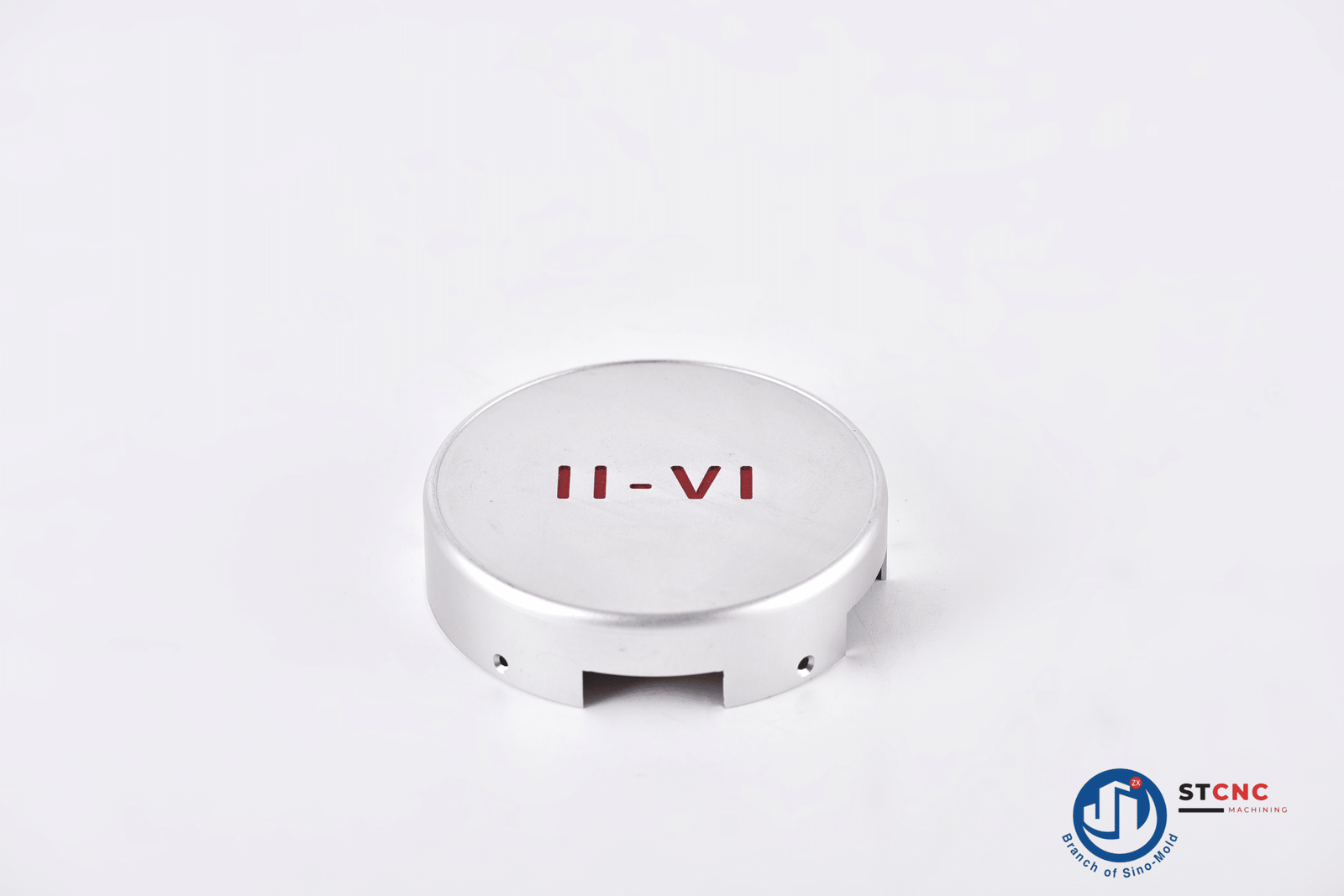
The size of the nozzle used in manufacturing processes, like 3D printing or injection molding, can affect the thickness of the walls in the final object. Here are some easy-to-understand points about the relationship between nozzle diameter and wall thickness:
1. Direct Relationship: A larger nozzle diameter generally leads to thicker walls, while a smaller nozzle diameter allows for thinner walls.
2. Material Flow: The nozzle diameter determines how much material can flow through. A larger nozzle lets more material pass(higher flow), resulting in thicker walls. A smaller nozzle allows for less material, leading to thinner walls.
3. Precision: Smaller nozzle diameters provide more precise control, making creating detailed designs and thinner walls easier.
4. Printing Resolution: Nozzle diameter affects the 3D printing wall thickness or resolution. Smaller nozzles enable finer layers, resulting in smoother surfaces and potentially thinner walls.
5. Equipment Limitations: The choice of nozzle diameter depends on the capabilities and limitations of the specific manufacturing equipment being used.
Remember that nozzle diameter is just one-factor influencing wall thickness. Design considerations, material properties, and other manufacturing parameters impact the final result. Considering all these factors together helps achieve the desired wall thickness in manufacturing.
VIII. How to Reduce the CNC Machined Parts’ Cost through Improved Wall Thickness Design?
Optimize Thickness: Design with the minimum required wall thickness that meets functional needs, avoiding excess material and machining time.
Smooth Transitions: Use gradual transitions between wall thicknesses, minimizing machining complexity and costs.
Avoid Sharp Corners: Incorporate rounded corners instead of sharp ones, reducing machining difficulties and complexity.
Consistent Thickness: Maintain uniform wall thickness throughout the part, simplifying machining and reducing costs.
Reinforcement Techniques: Implement localized reinforcements or ribbing instead of uniformly increasing wall thickness for added strength.
Minimize Unnecessary Features: Eliminate unnecessary pockets, holes, or internal structures that don’t contribute to functionality, reducing machining complexity and costs.
Consider Machinability: Design parts with CNC machining capabilities in mind, avoiding features that require specialized tooling or complex operations.
Optimize Material Usage: Efficiently nest parts on the material sheet to maximize utilization and minimize waste, reducing material costs.
Validate Design: Use simulations and validation tools to detect design flaws early, avoiding costly revisions and rework.
IX. How to Achieve the Desired Wall Thickness in CNC Machining

Here is a simplified step-by-step process to achieve the desired wall thickness in CNC machining:
Design your part with the desired wall thickness in mind.
Select a suitable material for CNC machining that can achieve the desired wall thickness.
Set up the CNC machine with the appropriate cutting tools and fixtures.
Generate toolpaths using CAD/CAM software to define the shape and dimensions of the part, including the desired wall thickness.
Determine the cutting parameters such as spindle speed, feed rate, and depth of cut based on the material and desired wall thickness.
Calibrate the CNC machine to ensure its accuracy and precision.
Conduct a test run to validate the toolpaths and cutting parameters and measure the resulting wall thickness.
Adjust the cutting parameters as needed to achieve the desired wall thickness.
Begin the production run, monitoring the machining process and periodically checking the wall thickness to ensure consistency.
Implement quality control measures to inspect the produced parts and ensure they meet the desired wall thickness specifications.
Continuously evaluate and refine the process, making adjustments and learning from each production run to improve accuracy and consistency in achieving the desired wall thickness.
By following these steps, you can achieve the desired wall thickness in CNC machining while maintaining dimensional accuracy and meeting your specific requirements.
Conclusion
Choosing the right wall thickness is crucial for high-quality products. Consider product requirements, material properties, manufacturing processes, and cost-effectiveness. Optimal wall thickness improves product performance, manufacturing efficiency, and cost savings.
Remember to prioritize wall thickness in your designs. Seek expert advice if you encounter challenges or need assistance with the 3D printing process or wall thickness issues. You can achieve better product quality, durability, and user satisfaction by focusing on wall thickness.
In summary, thoughtful consideration of wall thickness leads to successful manufacturing and better overall outcomes for your products.
